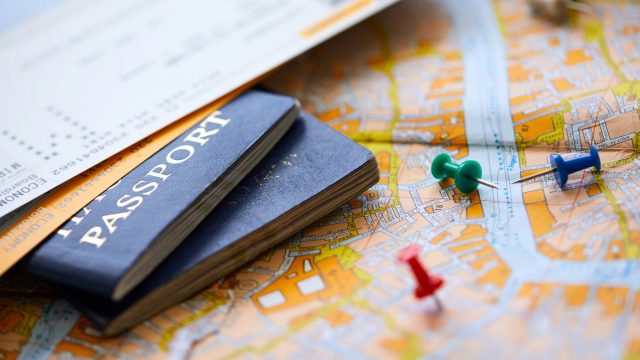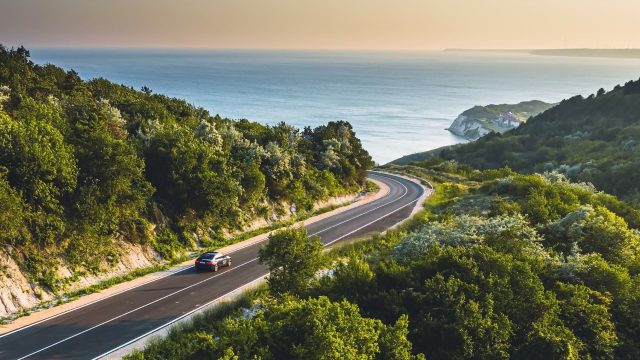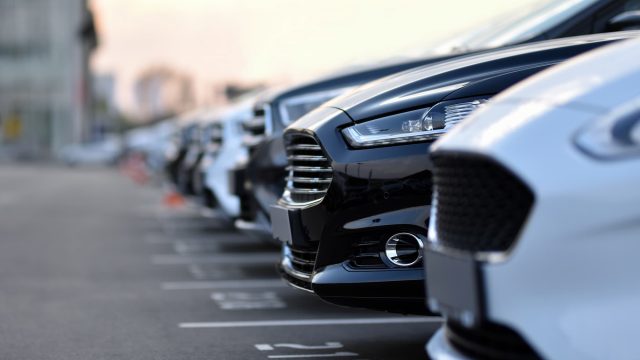Driving in Europe certainly presents some challenges (I don’t mean the Furka Pass either) and this year has seen some new ones hit the road.
New laws for driving in Europe
Let’s face it, driving in Europe can be tricky if you don’t know the rules. When you’re driving at home you know the laws of the road. When you reach the continent, each country has a different take on things, and 2016 is going to make things even trickier.
In an attempt to crack down on law-breaking foreigners and improve road safety across the continent, the European Commission is in the process of finalising several new driving laws which will affect British motorists. But what are these new laws?
Traffic fines & penalty points
As you’re probably aware, if you’re caught by the police committing an offence such as speeding, you can be given an on the spot fine. If however, you’re only caught on camera on the continent in your own vehicle, there is nothing the authorities can do. You get away with it.
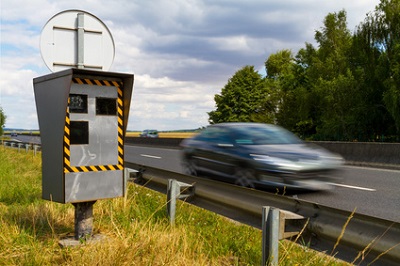 Photo by: sdecoret/Fotolia
Photo by: sdecoret/Fotolia
This has now changed. If you’re caught on camera using a mobile, speeding, ignoring red lights, drink driving or driving under the influence of drugs, police will have the power to track your car and penalise you with fines or even court action.
Under the new laws, European police will also be able to issue penalty points to your British licence.
Driving in France
There are also some new laws for France. The drink driving limit has been reduced to 0.02% for novice drivers. This basically means no alcohol whatsoever!
Drivers are also forbidden from using headphones whilst driving. This includes any headset device attached to the ear for making calls or listening to audio. Integrated systems are still allowed.
Driving in tunnels
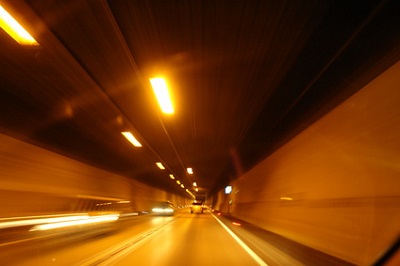 Photo by: Birgitt.Bautze/Fotolia
Photo by: Birgitt.Bautze/Fotolia
There are a lot more road tunnels in Europe than the UK. As a result, we often aren’t aware of safety procedures should the worst happen. If you experience any problems in a tunnel, follow these guidelines:
Approaching & in the tunnel
- Turn your headlights on
- Keep your distance from the vehicle in front
- Keep an eye out for nearest emergency exits
- Never reverse or perform a U-turn in a tunnel
- Stay in the same lane.
Congestion & breakdowns
- If traffic slows, turn on hazard lights
- If traffic slows or stops, leave at least 5m between you and the vehicle in front
- If traffic stops moving for any length of time, turn off the engine
Accidents & fire
- Turn on hazard lights
- Park as close to the tunnel walls as possible
- Turn off the engine
- Put on a reflective jacket and exit the vehicle.
- In the event your car catches fire, drive out of the tunnel if possible and phone the emergency services
- If you can’t drive out of the tunnel, get to a lay-by, emergency lane, or as close to the tunnel wall as possible and phone the emergency services
- Turn off the engine but leave the key in the ignition
- Don’t try to extinguish the fire yourself unless it’s just started
- Don’t open the bonnet – it will be hot and can help the fire spread
- If it’s not possible to extinguish the fire, leave the tunnel quickly via the emergency exits
Driving on Germany’s Autobahns
It’s a popular misconception that the Autobahn has no speed limits. Whilst this was certainly the case in years gone past, nowadays much of the network has variable speed limits if not fixed limits. These tend to be found near cities where there are lots of vehicles joining but make sure you check the signs.
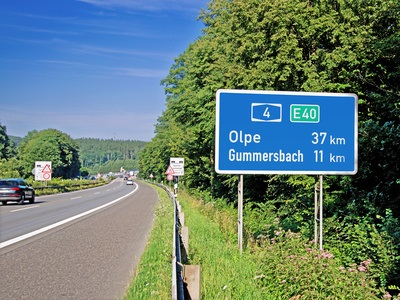 Photo by: kamasigns/Fotolia
Photo by: kamasigns/Fotolia
Keep to the right hand lane as much as possible, particularly if you’re not keen on driving fast. In de-restricted areas, the left hand lane sees drivers hitting 125mph so be very careful if pulling out to overtake. If you do drive in the fast lane, keep your eyes peeled for any signs of cars pulling out in front of you to save yourself from jumping on the brakes.
Drive safely!
Hopefully this will stick in your mind next time you’re driving in Europe. Remember to always check any laws or requirements for driving abroad so you can enjoy your trip without any complications. For further tips, check out our car hire checklist.
Don’t forget to follow us on Facebook and Twitter and sign up to our newsletter if you want to stay up to date with all the latest news and tips.
Subscribe to our newsletter
Want our blogs emailed direct to you? Sign up below to get updates featuring our blogs and car hire top tips. Receive the best deals on car hire straight to your inbox.

